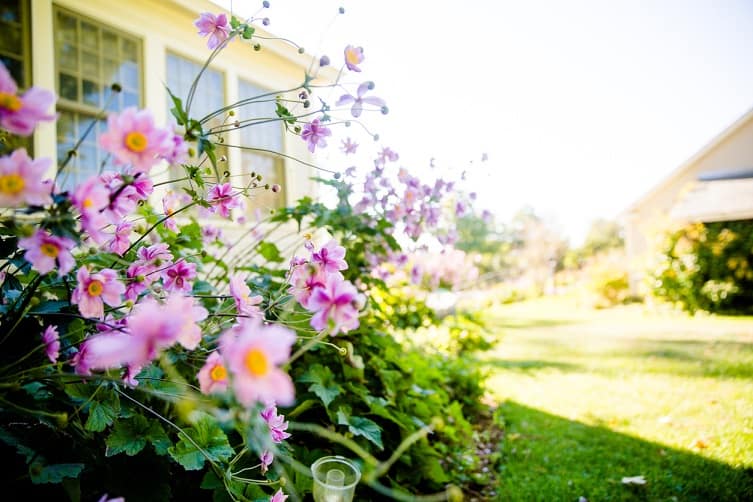
As the snow begins to melt, the blooming spring season brings ample opportunities for families to play together outdoors. Unfortunately, outdoor play also poses dangers for children in terms of exposure to poisonous plants and pesticides. According to the National Capital Poison Center, children younger than six comprise a disproportionate percentage of poisoning cases, including nearly half of all poison exposures, though poisoning affects all age groups from infants to seniors. The highest incidence of poisoning occurred in one- and two-year-olds.
In 2014, pesticides and plants were among the top 10 leading causes of poisoning in children younger than six years, accounting for nearly 6 percent of poisoning cases, while bites and stings accounted for 0.5 percent of poisoning cases among the same age group. Additionally, 2.5 percent of poisoning fatalities in children younger than six years from 2010-2014 were due to pesticides, making them one of the more dangerous causes of poisoning in children.
Parents and caretakers need to be informed about the dangers of poisonous plants and pesticides to keep children safe. Many poisonings by plants and pesticides can be prevented by parents who know what to keep out of their yards and by teaching children what to avoid.
What You’ll Find in This Guide:
- Types of Poisonous Plants
- How to Prevent Poisoning from Plants
- What to Do If Your Child Touches or Eats a Poisonous Plant
- Pesticide Safety
- Resources for Preventing Poisoning by Plants and Pesticides
Types of Poisonous Plants
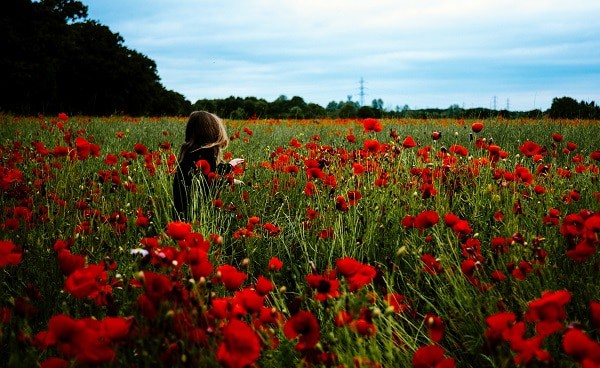
This section covers the more common types of poisonous plants found near backyards, parks, and trails.
Poisonous plants are categorized by the chemicals they contain. The most dangerous plants contain solanine, grayanotoxins and cardiac glycosides.
- Solanine is found in food and ornamental plants such as Jerusalem Cherry, Nightshade, potato sprouts and unripe tomatoes. Unripe tomatoes and the green eyes of potatoes containing solanine, when ingested, can cause moderate nausea, vomiting, headache and diarrhea. If children eat plants containing solanine in large quantities, drowsiness, sweating and changes in blood pressure and heart rate can occur. You may see effects within two to 24 hours, and diarrhea may last for three to six days.
- Grayanotoxins are found in common yard plants including azalea and rhododendron. Lambkill and mountain laurel also contain grayanotoxins. If children eat or chew on leaves in this plant group, they may experience burning, numbness or tingling in their mouths. Within two to three hours, they may display other symptoms of poisoning such as nausea, vomiting, sweating, confusion and slowed heart rate. In severe cases of grayanotoxin poisoning, children have had seizures.
- Cardiac glycosides are found in plants such as foxglove, Lily-of-the-Valley, oleander and squill. Initial signs of cardiac glycoside poisoning include headache, confusion, dizziness, vomiting or stomach pain. Children who consume plants containing cardiac glycosides also experience a change in the rate or rhythm of the heart, and effects on blood pressure also may occur.
Other common poisonous plants include:
- Elephant ear plants
- Daffodil and hyacinths
- Larkspur
- Wisteria
- Acorn and oak leaves
- Black locust
- Mistletoe
- Hemlock
- Poppies
- Poison oak, ivy, and sumac
How to Prevent Poisoning from Plants
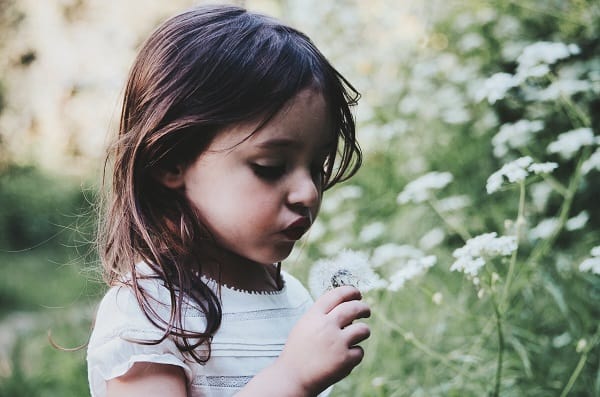
This section includes tips for preventing children from being poisoned by plants. Parents should proactively teach their children to avoid eating plants or parts of plants. It’s also a good idea for parents of young children to avoid growing poisonous plants in their yards.
The best thing parents can do to prevent their children from being poisoned by plants is to teach them to avoid eating anything they find outside. Teach your children never to pick or eat anything from a plant, regardless of how good it smells or looks. They should only eat plants or fruits from outside if they have your permission and after taking them in the house and washing them off. It’s especially important not to confuse children by picking items from a family garden and eating them outside; tops of potato plants and green portions of potato contain solanine and rhubarb leaves are poisonous.
If you have young children, keep plants, berries, seeds and bulbs out of reach to prevent accidental poisoning. Avoid playing in an area of the park that is near poisonous plants. In your own yard, avoid using poisonous plants for decoration or landscaping. Keep in mind that plants with poisonous berries and bright flowers are especially attractive for younger children and should be kept out of your yard until your children get older. Also, remove all mushrooms that grow near your home and check your lawn for new mushrooms if there has been a recent rainfall.
The best course of action for preventing poisoning from plants is to make your yard and garden as safe as possible. Supervise your children and create gardening spaces that are safe for them to dig and explore, such as containers or raised gardens. Use soil without pesticides and create rock gardens to give your children a safe and interesting place to play outside. When taking your children on wilderness adventures, be wary of potential hazardous plants along walkways and trails.
What to Do If Your Child Touches or Eats a Poisonous Plant
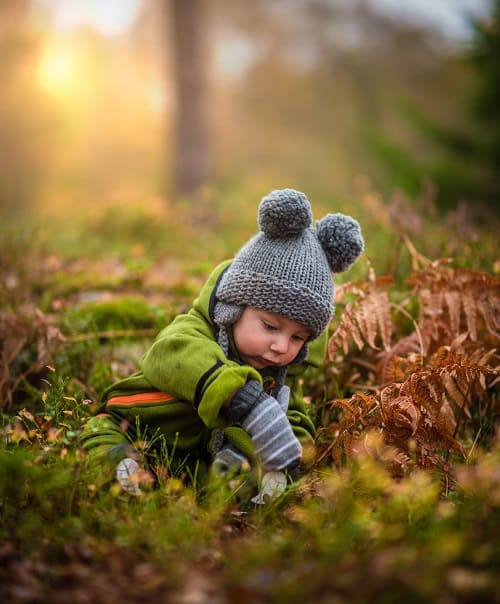
This section guides parents through the correct course of action should their child come into contact with or ingest a poisonous plant.
If your child begins to choke, falls unconscious, or has trouble breathing or swallowing after touching or eating a poisonous plant, call 911 immediately. If your child is not experiencing these severe symptoms but has touched or eaten a poisonous plant, berry, seed, bulb, or mushroom, contact your local poison center immediately at 1-800-222-1222. Do not wait for symptoms to appear before calling. You should be prepared to give your child’s age, symptoms or illnesses, the names of plants consumed, if possible, how much and which parts were eaten, and how recently the plant was touched or ingested. The poison specialist will instruct you on what to do and which symptoms to look for in your child.
If you are in the wilderness and cannot seek immediate assistance, do not put a plant in your mouth to check to see whether it is poisonous. You should look for pieces of the plant in your child’s mouth and remove any that you can find. You should give him small sips of water but avoid attempting to make him vomit. If your child has a skin irritation, itching, rash or blisters, immediately rinse his skin with fresh water. Call your local poison center (1-800-222-1222) as soon as you have access to a phone line.
Pesticide Safety
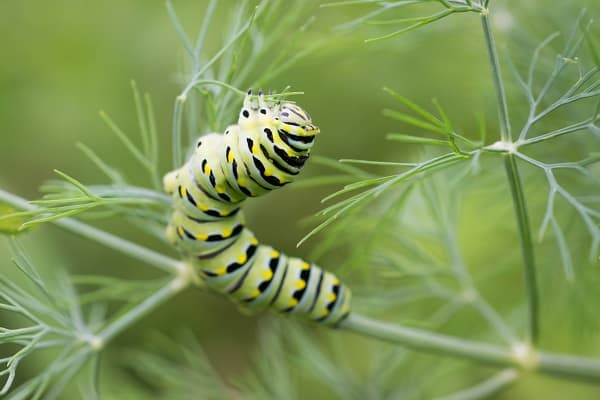
Spring and summer also bring out more pests, both inside and outside of the home. This section explores the risks pesticides pose to children and includes tips for using safer alternatives to toxic pesticides.
The National Pesticide Information Center makes it clear that all pesticides carry a level of toxicity and pose a risk to all people but especially to infants and children, who are more sensitive to the toxic effects of pesticides than adults. Because pesticides also pose a poisoning risk to children, it is critical that parents use pesticides responsibly.
If you do choose to use a pesticide, be sure to read the product label to ensure you use it correctly and apply it exactly as the label instructs. Look for the least-toxic pesticides available and store them in their original containers far out of the reach of children. It is critical that you keep your children and pets out of treatment areas while you apply pesticides and until treated areas dry. Children should wear shoes and sit on blankets or use other barriers between them and your lawn if it has recently been treated. When your children are finished playing, make sure they wash their hands with warm water and soap as soon as they enter your home.
The safest way to handle pests in gardens, yards, and homes is to use insecticidal soaps, horticultural oils, and natural ingredients to keep them at bay. If you are growing a garden, avoid using pesticides to keep your food safe for your entire family. Alternative pesticides include:
- Vegetable oil mixed with mild soap for insects like aphids and mites
- Mild soap mixed with water for insects like whiteflies, beetles, aphids, and mites
- Neem oil mixed with mild soap and water to disrupt the life cycle of insects and to protect plants before they become infested
- Diatomaceous earth as a natural pesticide
- Pureed garlic mixed with vegetable oil, mild soap and water to act as an insect repellent
- Garlic, onion, and cayenne pepper, mixed with liquid soap as a natural insecticide
Resources for Preventing Poisoning by Plants and Pesticides
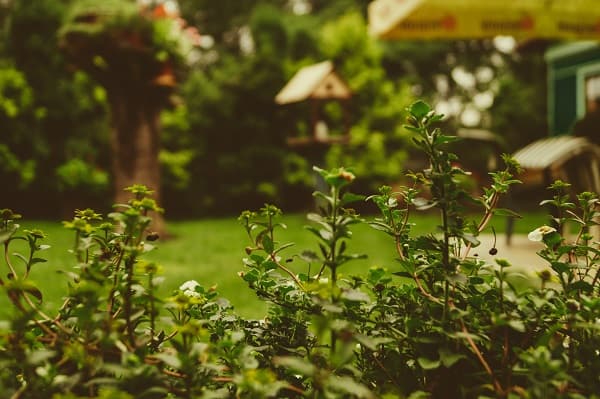
The following are resources you may contact for more information about poisonous plants and pesticides. You will find informational sites, places and phone numbers, and materials for learning more about the subjects of this guide. Please note, they are listed in alphabetical order.
ASPCA Poisonous Plants reminds readers that plants also are poisonous to four-legged members of the family and lists those that most frequently poison animals.
Centers for Disease Control and Prevention Poisoning Prevention is a resource offering tips for preventing poisonings at home, including those by pesticides and plants.
Clemson Cooperative Extension’s Home & Garden Information Center gives a thorough overview of poison ivy, a plant that commonly causes skin irritation in children.
Early Childhood Learning & Knowledge Center shares information about poisonous plants and lists both non-poisonous and poisonous plants in charts.
Penn State Extension Pesticide Education offers links to games and activities to help families learn about pesticide safety.
Poison Control is the place to call when you suspect your child has ingested or touched a poisonous plant or pesticide. You can get help online or call 1-800-222-1212.
Poisonous Plants in the Home Landscape is a publication by Montana State University professor of horticulture R.E. Gough that lists 72 plants and tells which parts of the plants are poisonous and whether they are dangerous through contact or ingestion.
Quills Up! Spike’s Poison Prevention Adventure is an engaging video for preschool-aged children that includes life lessons in poison prevention including staying away from plants and pesticides.
Texas A&M AgriLife Extension Earth-Kind Landscaping shares a chart of the more common poisonous plants.
The University of California, Berkeley’s CalPhotos: Plants accesses more than 300,000 images of plants to aid you in identifying plants that you may find in your yard or park to determine whether they are poisonous.
U.S. Department of Health & Human Services: Poison Proof Your Home offers tips for preventing poisoning by plants and pesticides.
Most poisonings of children by plants and pesticides can be prevented if parents take proactive steps to educate themselves and their children about plant and pesticide safety. Of course, accidents happen and parents should always be prepared to contact emergency services or a local poison control center if their child ingests or comes into contact with poisonous plants and pesticides.

 United States
United States Canada
Canada